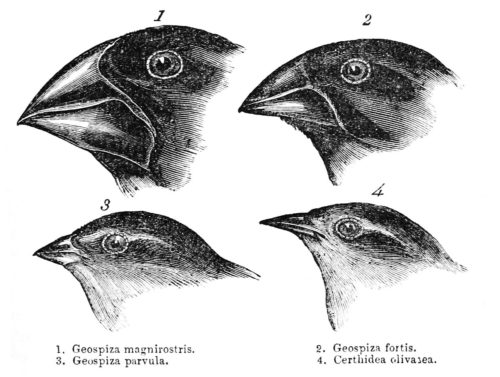How to measure the potential and implementability of ideas
Within a larger legacy organization it can often be difficult to effectively evaluate and strategically implement various innovation ideas. The challenge is usually not in the ideas themselves, but in determining which ones have the most potential to succeed and have considered all angles of strategy; internal – namely political and operational, external – market dynamics and potential, etc. The following framework is the process we have developed and implemented to evaluate a portfolio of innovation ideas for strategic investment and development.

What/Where is the problem?
The first place to start is in the evaluation of the idea through the lens of a startup. Using the LEAN canvas helps to identify gaps in thinking related to the core problem, solution suggestion, competitive edge and market strategy as well as the ROI for the “lift”. While it may not fully address some of the existing business model considerations (captured in the separate business analysis) it helps to drive the conversation beyond the traditional boundaries while also considering more than the basic advantage of having an existing user base.

Evaluate and score the problem
Using a slightly modified LEAN canvas helps to identify each consideration to enable meaningful workshopping and ideation. Once the parts of the canvas have been completed, each element can also be loosely “scored” in comparison to the other ideas in the portfolio. This latter exercise is comparative only and needs to be completed strategically by the “investors” within the organization. Unlike the solution scoring rubric (covered next), the solution score here is driven by common sense and end-user experience only – ie does this sound like a compelling solution to the problem identified? The same applies to the bottom part of the canvas, although various technical, business and marketing personnel can and should participate in the overall discussion around the canvas. In fact, that’s generally the fun part!

Evaluate and score existing solutions
Often times the innovation idea in question has risen to the top because of an existing implementation or solution which has been developed in the traditional business process. While this is a great proving ground for developing ideas, it generally also means that shortcuts and manual processes were used to meet necessary constraints. Not every idea will have an existing solution to evaluate but in general the pre-filter questions in the top row below can be applied to any solution either internal or external. Hallmarks of digital innovation tend to include true user independence and scalability. Business and algorithmic knowledge or intelligence should be hard-coded into applications in order to allow more users to gain value from the tool, internal or external. Ideas that pass the pre-filter questions should then be further evaluated based on the technical properties in the second row, generally requiring more expertise. These metrics can also be comparatively scored for use in an overall evaluation.

Maturity assessment
For the ideas that begin to emerge and get developed it is important to assess their “stage.” Coming out of the initial visioning and workshopping sessions you are likely to only have “seeds.” As you go through cycles of investment the goal should be to take the idea from seed to a robust “tree” (and from a portfolio view a forest of trees). As ideas grow in maturity the project is likely to require increased resources and time to develop so the initial goal is to plant the seed and get it to the “plantlet” stage as quickly as possible. This is the best stage to assess its long term trajectory and viability. Ideally many teams and groups are encouraged and funded to try and get ideas to this stage so they can be evaluated thoroughly for further portfolio investment if warranted.





